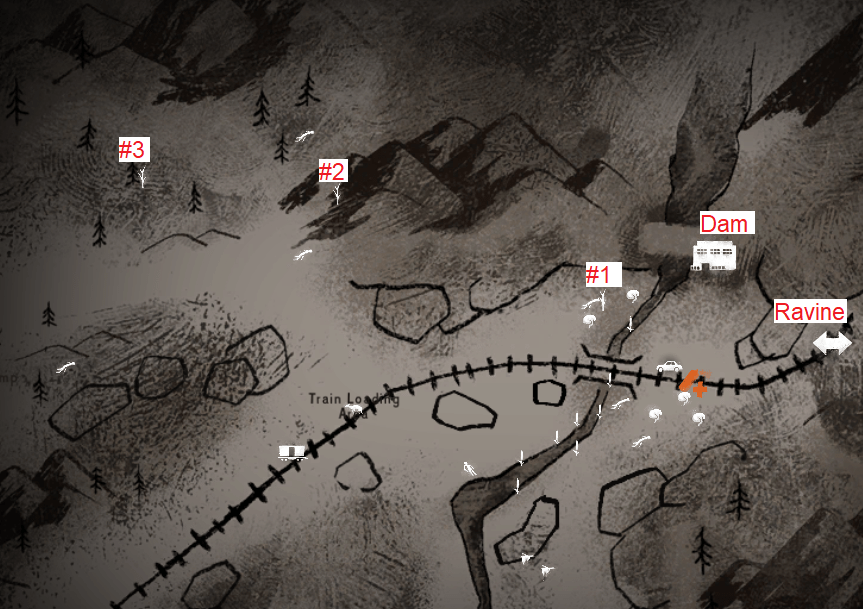

On a larger scale (multiple properties or a forested area), Btk should only be applied by a professional pesticide application company and is most effective when supported by a team of landowners, landowners’ association, or municipality looking to manage LDD moths. Application of BTK after mid-June is not an effective way to manage LDD moths. Two spray applications are usually required for effective control. BTK is a product that affects the digestive system of caterpillars and should only be applied between May and early June, when LDD moths are still in the larval (caterpillar) stage. This biopesticide can be applied by a registered pesticide application company or by homeowners who have carefully read application instructions. How to manage LDD moth Caterpillars (April through June):įor private homeowners, BTK (Bacillus thuringiensis kurstaki) is available for purchase from local hardware stores to use against LDD moths. Loss of species in natural areas can affect biodiversity and forest wildlife.Defoliation in orchards can increase vulnerability to agricultural pests and diseases and can negatively impact farm stock.Repeated defoliation makes trees susceptible to other pests and diseases, and can eventually lead to tree death.A single LDD moth caterpillar can eat one square metre of leaves in a season.


Timely excerpts from these resources: IMPACT of the LDD moth: Species FAQ PDF: LDD moth (also known as Gypsy Moth) Species Fact Sheet PDF: LDD moth (also known as Gypsy Moth) We wanted to share these fact sheets about the European Lymantria dispar dispar or LDD moth (also known as Gypsy Moth) and management practices, since May and June are when we see those LDD caterpillars on maples and other trees. The Invasive Species Centre has a wealth of informative fact sheets and papers on their website at


 0 kommentar(er)
0 kommentar(er)
